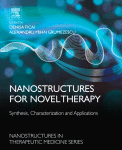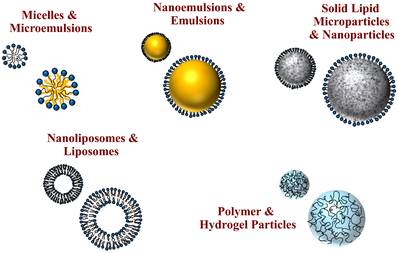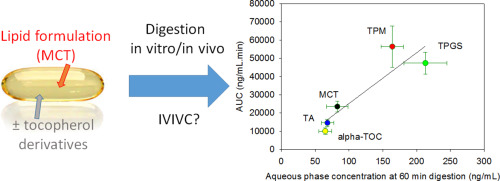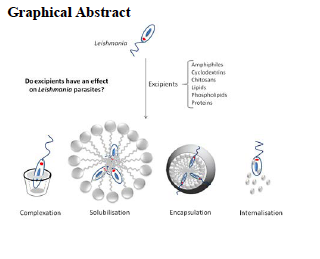- Home
- Blog
- News
- Basics
- Sources
- Agencies, Regulatory & Organisations
- CERSI Excipients Browser
- Excipient Report
- Excipient DMF List
- EXCiPACT Certified Companies
- Excipient Documentation
- Excipient EINECS Numbers
- Excipient E-Numbers
- FDA Inactive Ingredient List
- FDA GRAS Substances (SCOGS) Database
- IPEC Americas
- USP - U.S. Pharmacopeia
- Definitions
- Whitepapers / Publications
- Supplier
- Services
- Media
- Events
- 1st pharmaexcipients Poster Award
- Event Calendar
- Events featured by pharma-excipients
- 4th Annual Formulation & Drug Delivery Congress
- DDF Summit
- ExcipientFest Americas
- ExcipientFest Asia
- Global CompliancePanel
- International Conference and Exhibition on Pharmaceutics & Novel Drug Delivery Systems
- Formulation & Drug Delivery USA Congress
- Laboratory Medicine 2018
- Making Pharmaceuticals Europe
- Making Pharmaceuticals Exhibition
- Pharma Integrates
- PharmaExcipients China @CPhI China
- TTC Technology Training Center
- Jobs
- Online Sourcing
- Contact
29. August 2018
Many approaches have been developed over time to overcome the bioavailability limitations of poorly soluble drugs. With the advances in nanotechnology in recent decades, science and industry have been approaching this issue through the formulation of drugs as nanocrystals, which consist of “pure drugs and a minimum of surface active agents required for stabilization”. They are defined as “carrier-free submicron colloidal drug delivery systems with a mean particle size in the nanometer...
17. August 2018
At the BASF Solubilization Symposium Dr. Frank Romanski speaks about poorly water-soluble drugs, solubilization techniques, lipid complexity and the need for surfactants.
04. August 2018
Because of polycationic auxiliary agents such as chitosan, polyethyleneimine and cell penetrating peptides as well as cationic lipids assembling to polycationic systems, drug carriers can tightly interact with cell membranes exhibiting a high-density anionic charge. Because of these interactions the cell membrane is depolarized and becomes vulnerable to various uptake mechanisms. On their way to the target site, however, the polycationic character of all these drug carriers is eliminated by...
25. April 2018
Parenteral sustained release systems for proteins which provide therapeutic levels over a longer period avoiding frequent administration, which preserve protein stability during manufacturing, storage and application and which are biodegradable and highly biocompatible in the body are intensively sought after. The aim of this study was to generate and study mannitol core microparticles loaded with a monoclonal antibody IgG1 and coated with lipid either hard fat or glyceryl stearate at different...
22. November 2017
Lipid nanoparticles are widely explored in many therapeutic, targeting, and imaging areas. Among the various nanoplatforms, lipid-based nanostructures offer better attributes to drug delivery, such as high loading capacity, biocompatibility, improved physicochemical and long-term stability, ease of surface modification, adjustable drug release, and enhanced bioavailability.
10. November 2017
The design and development of nanoparticle- and microparticle-based delivery systems for the encapsulation, protection, and controlled release of active agents has grown considerably in the agrochemical, cosmetic, food, personal care, and pharmaceutical industries.
05. November 2017
Phosphorylated tocopherols are a new class of lipid excipients that have demonstrated potential in pharmaceutical applications. Their ability to solubilise poorly water soluble drugs indicates their potential utility in improving bioavailability of drugs where solubility limits their bioavailability.
03. November 2017
Leishmaniasis is a neglected tropical disease responsible for the ninth largest disease burden in the world. Excipients are necessary for ensuring the stability and bioavailability of currently available antileishmaniasis drugs.
12. September 2017
The goal of this study was to prepare sustained release microparticles for methyl blue and aspartame as sparingly and freely water-soluble model drugs by lipid film coating in a Mini-Glatt fluid bed, and to assess the effect of coating load of two of lipids, hard fat and glyceryl stearate, on the release rates
10. August 2017
Leishmaniasis is a neglected tropical disease responsible for the ninth largest disease burden in the world threatening 350 million people mostly in developing countries.









